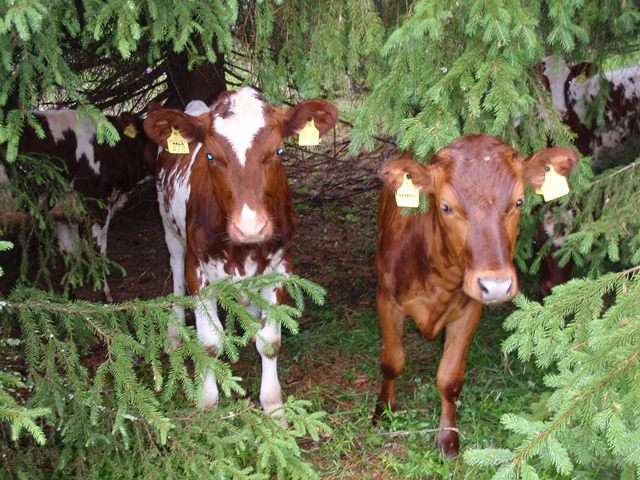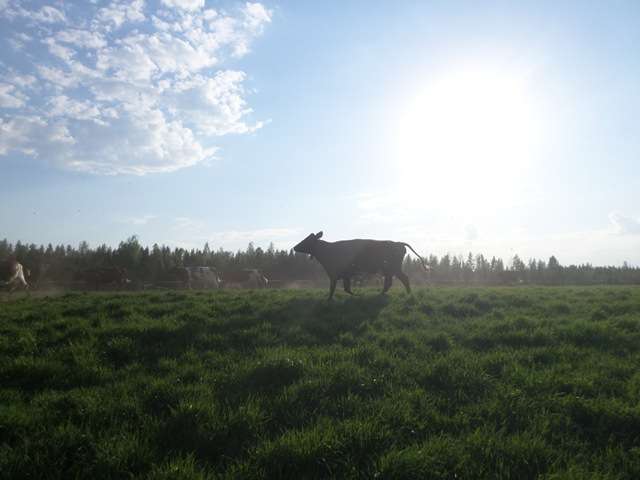Early childhood exposure to farm animals and pets modifies immunological responses

Exposure to farm animals in early childhood modifies the key allergy-related immunological mechanisms, shows a recent study from the University of Eastern Finland. The study provides new insight into the role of dendritic cells and cytokine production in particular.
Growing up on a traditional farm has been shown to protect a child from the development of childhood atopic diseases. The association between pet exposure in early childhood and the risk of atopic diseases is less clear. Previous studies have indicated that farm and pet exposures may exert effects on the maturing immune system but the underlying immunological mechanisms are mainly unsolved. Dendritic cells are professional antigen-presenting cells, which are able to regulate the responses of adaptive immune cells towards, e.g. non-allergic T helper 1, allergic Th2 or regulatory T cell responses. Dendritic cells may play an important role in the effect of farm and pet animal exposure on childhood atopic diseases.
Living on a farm boosts children's immunological tolerance
In her PhD thesis, Heidi Kääriö, MSc, investigated whether farm, cat and dog exposures affect the phenotype and the functional properties of dendritic cells as well as cytokine production in peripheral blood mononuclear cells of children at the age of 4.5 years in a subpopulation of the Finnish PASTURE birth cohort study. Half of the studied children (n=100) were from farming families and half from rural non-farming families. Farm, cat and dog exposures were assessed mainly from questionnaires.
The study found that stimulation with lipopolysaccharide resulted in a lower percentage of dendritic cells in the peripheral blood mononuclear cell cultures of farm children as compared to those of non-farm children. The unstimulated peripheral blood mononuclear cells of farm children produced more, in particular, non-allergic Th1-associated and regulatory cytokines than those of their non-farm counterparts. An increase in the number of specific farm exposures (consumption of farm milk, exposures to stables and hay barns) was dose-dependently associated with lower lipopolysaccharide-induced production of proinflammatory cytokine TNF. Decreased TNF responses and proportions of dendritic cells after short-term lipopolysaccharide stimulation in farm-exposed children may reflect tolerogenic immune mechanisms.
Exposure to cats and dogs different from exposure to farm animals

Early life and current exposures to cats and dogs have immunomodulatory effects, but these are different from the effects seen in farm exposures. The responses are partly different between reported cat exposure and the load of exposure defined on the basis of cat allergen measurements in house dust.
The novel findings provide important insights for future research investigating the underlying immunological mechanisms involved in farm-related asthma- and allergy-protection. In particular, the interplay of innate and adaptive immunity needs to be studied in more detail.
The findings were originally published in the Scandinavian Journal of Immunology and Clinical & Experimental Allergy.
More information: The allergy and asthma protective effects of farm environment and pet animals - The role of immunomodulation, Journal of Immunology and Clinical & Experimental Allergy epublications.uef..fi/pub/urn_ … 78-952-61-1993-9.pdf

















